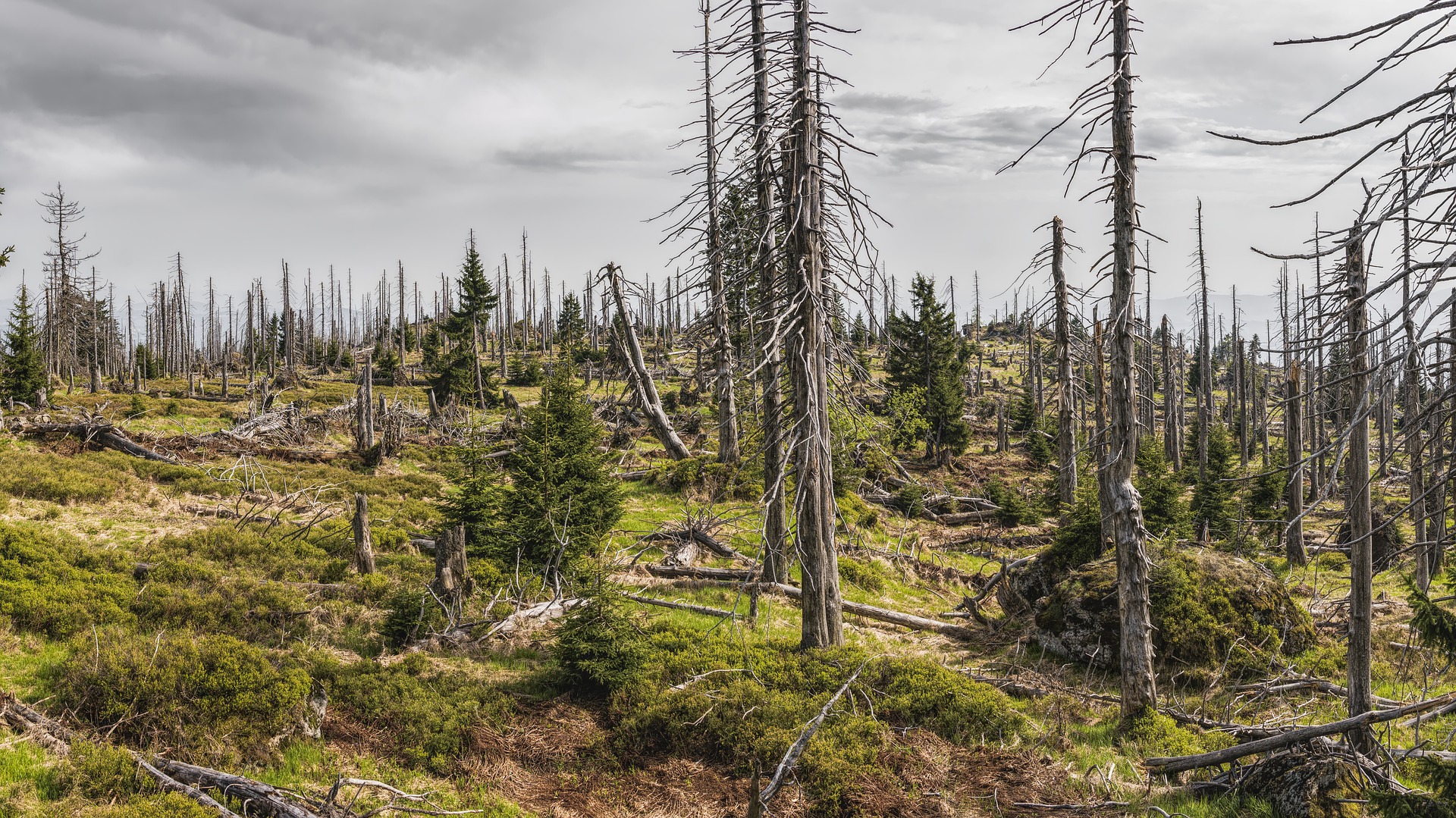YOUR FIRST STEP TO A CAREER AS ENVIRONMENTAL CONSULTANT
The most important basic knowledge for a career in environmental consultancy or as environmental officer is the assessment of the environment and its resilience to changes. Work in this area has expanded greatly in recent decades, and when combined with a knowledge of plant or animal identification and ecology, this course develops an extremely valuable skill.
COURSE STRUCTURE
There are 9 lessons in this course as follows:
- Types of Employment for Environmental Scientists, Pre purchase inspections, background data, Flora and Fauna Surveys, Open Space Management Plans, Detection of Pollutants, Use of Plants, Remediation of Polluted Sites.
- Introduction to Environmental Assessment – What is Environmental Assessment? Definitions of Environmental Assessment, General Principles and Overview of Environmental Assessment.
- International Environmental Law – Foundations of Environmental Law, Making International Laws (Treaties and Customary Law), Milestones in International Environmental Law, Principles of International Environmental Law, Institutions that influence Environmental Law, Environmental Impact Assessment and Environmental Law.
- Domestic Environmental Law – Examples of Domestic Environmental Law, Research into Domestic Environmental law.
- Types of Environmental Assessments – Environmental Impact Assessment, Environmental Impact Statement, Risk Assessment/ Risk Analysis, Ecological Risk Assessment, Strategic Environment Assessment, Environmental Audit, Regional Risk Screening, Ecological Impact Assessment, Social Impact Assessments and Statements, Economic and Fiscal Impact Assessment, Health Impact Assessment.
- The Design and Process of Environmental Assessment – Steps in the Environmental Assessment Process (Scoping, Screening, Alternatives to the Proposal, Collection and Analysis of Information, Public Involvement, Reporting the Findings of the Study, Post Project Analysis) Study design (Baseline Studies, Predicting Impacts, Mitigation Measures), Data Collection and Analysis.
- Writing Environmental Reports – The Scientific Method and Report Writing, Generic Outline for an Environmental Statement, Examples of Suggested Layouts for Environmental Assessments, Effective Report Writing.
- Research Project – The Research Project is the student’s opportunity to test out their skills as an environmental consultant. In this project, the student will carry out a small environmental assessment and write it up as a professional report.
AIMS
- To appreciate the range of employment available to scientists skilled in environmental assessment
- Develop an understanding of the basics of environmental study design, analysis and reporting within a legal framework.
- Be aware of the international legislation relevant to environmental assessment
- Research the legislation which dictates the environmental assessment requirements in the student’s home country.
- Appreciate the range of environmental assessment techniques that have been developed to assess a range of situations around the globe.
- Understand the environmental assessment process in enough depth to manage a small environmental assessment.
- Write a professional environmental report.
- Prepare an environmental impact assessment including carrying out all research and writing up the actual report.
WHAT YOU WILL DO IN THIS COURSE
Here are some of the things you may do:
- Contact a laboratory (either by telephone, email, or in person) that carries out tests for environmental contaminants.
- Research the organisation in the local area that handles environmental complaints and the procedure for lodging such complaints.
- Identify developments that require an environmental assessment.
- Contact an Environmental Consulting Firm that carries out Environmental Assessments to determine the most common type of environment assessment in the local area.
- Contact the local government organisation to determine what sort of environmental assessments are required for the different classes of development.
- Research one treaty that influences environmental issues in the locality.
- Research the legislation in the student’s home country that governs the preparation of environmental assessments. Research the legislation in one other country that governs the preparation of environmental assessments. Compare the two.
- Identify factors that influence developer’s decisions on where to locate their developments.
- Read and review an Environmental Assessment Report
- Source the original data from an Environmental Assessment to determine how the data was analysed after collection.
- Write one environmental assessment from beginning to end.
- Carry out a major research project in the form of an environmental assessment. This project will include data scoping, study design, data collection, data analysis, conclusions and a professionally presented finally report.





